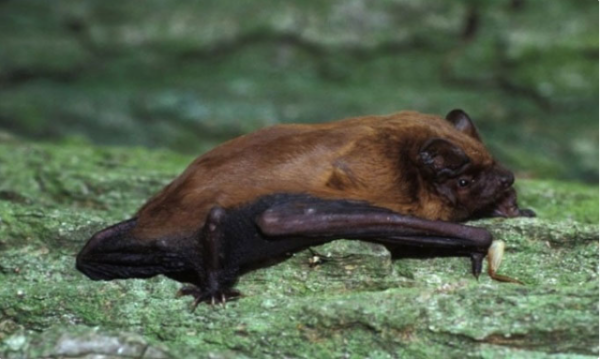If we can harness the unique adaptations found in bat blood during hibernation, astronauts might be able to survive decades-long journeys to distant stars.
Hibernation is one potential solution for interstellar travel, as scientists believe it could help astronauts endure prolonged space missions. NASA has been investigating this idea for years, including research into the hibernation patterns of Arctic ground squirrels. However, a study published in the Proceedings of the National Academy of Sciences by a German team, led by Gerald Kerth from the University of Greifswald, focuses on bats as a model for effective hibernation, according to Interesting Engineering on November 27.
Insights from Bat Blood

Kerth and his team analyzed erythrocytes—specialized red blood cells—in both hibernating bats (Nyctalus noctula), non-hibernating bats (Rousettus aegypticus), and human samples. These cells play a critical role in delivering oxygen to tissues, even during the significant drops in body temperature that occur in hibernation.
The researchers observed that erythrocytes change shape in response to variations in blood vessel pressure and size, leading them to explore how extreme hibernation conditions impact these cells. They found that as the internal temperature of hibernating bats dropped from 37.2°C to around 22.8°C, the structure of their red blood cells underwent significant changes. These cells became less elastic and more viscous, which appears to be a physiological adaptation for conserving energy in cold environments.
Human vs. Bat Adaptations
A striking discovery was the resilience of bat erythrocytes at extreme temperatures. While bat blood cells continued to adapt even at 10°C, human red blood cells failed to respond at similar low temperatures. This suggests bats have unique physiological adaptations to tolerate extreme cold—insights that could one day be applied to human biology.
Applications Beyond Space Travel
Hibernation is a survival strategy employed by many mammals, allowing them to conserve energy during periods of limited resources. If humans were to embark on journeys to stars like Proxima Centauri, 4.24 light-years away, the trip could take decades even at near-light speeds. Hibernation might be essential for such missions.
Beyond space travel, this research holds promise for medical advancements. Scientists believe that understanding and replicating the mechanical properties of bat erythrocytes could optimize drug delivery and improve circulation in humans, marking a potential breakthrough in medicine.










